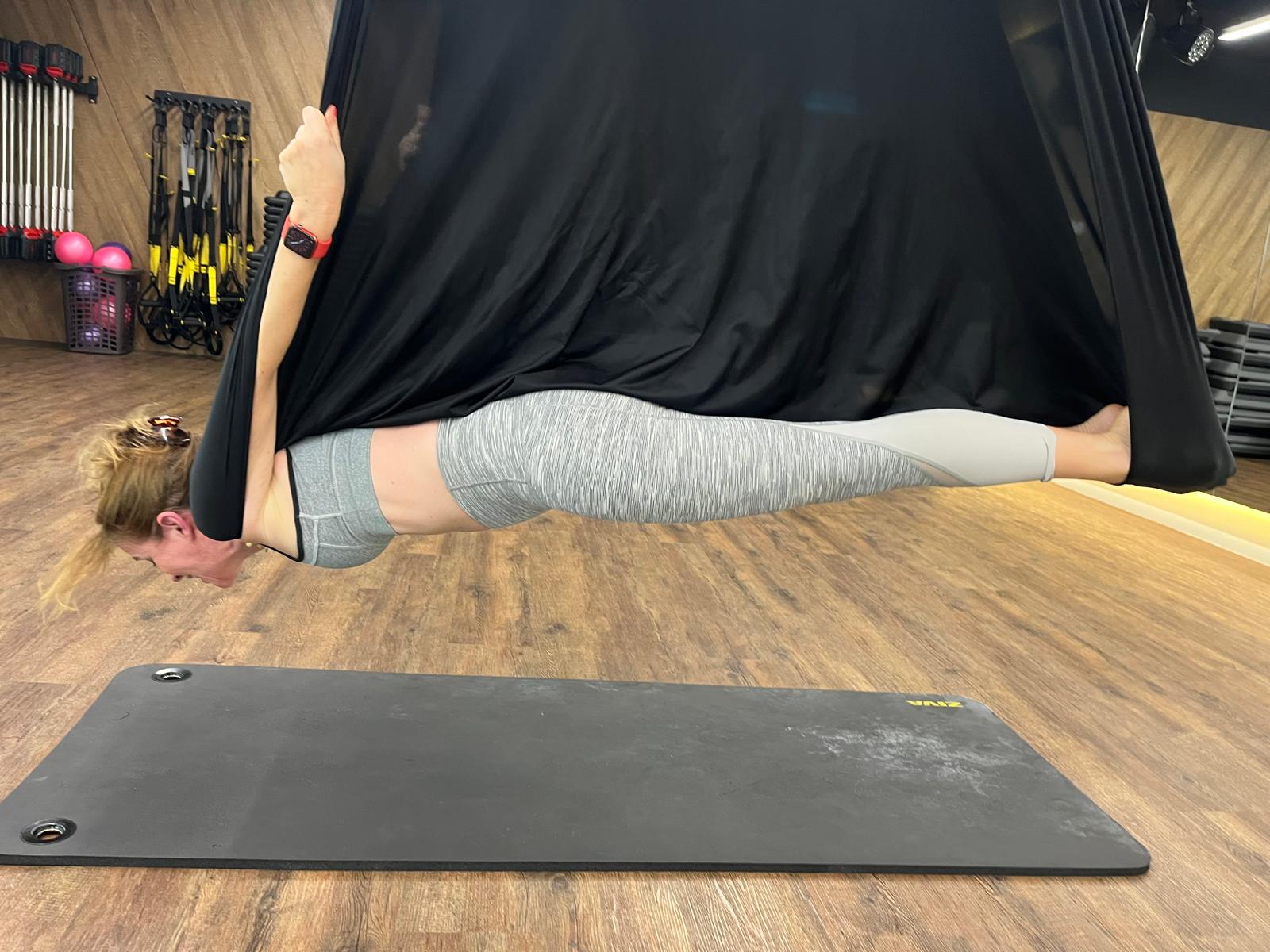
Why It’s Important to Work Out Pre, During, and Post Menopause: The Right Workouts for Every Stage
Menopause is a major milestone in a woman’s life, and it comes with various physical and emotional changes due to fluctuating hormone levels. While every woman experiences menopause differently, exercise is one of the most effective ways to manage the symptoms and improve overall health before, during, and after this transition. Engaging in the right kinds of workouts can not only ease menopause symptoms but also promote long-term health by reducing the risk of chronic diseases like osteoporosis and heart disease.
Pre-Menopause: Preparing Your Body
Before menopause, regular exercise can lay the groundwork for a smoother transition through perimenopause and menopause. Building muscle mass and bone density before hormonal changes set in is critical, as these levels start to decline with menopause.
Key Workouts Pre-Menopause:
-
Strength Training: Engaging in strength or resistance training can help build and maintain muscle mass and increase bone density. Exercises like squats, lunges, deadlifts, and push-ups are effective ways to keep your body strong and support your skeletal system.
-
Cardiovascular Exercise: Regular cardio, such as brisk walking, running, cycling, or swimming, helps maintain heart health and a healthy weight. It also supports mental health by reducing stress and anxiety, which may become more pronounced as hormonal shifts begin.
-
Flexibility and Balance: Incorporating yoga or Pilates into your routine helps improve flexibility, posture, and balance, reducing the risk of injury. These exercises also promote mental well-being, which can alleviate mood swings often associated with hormonal fluctuations.
During Menopause: Managing Symptoms
As menopause progresses, women experience symptoms like hot flashes, night sweats, mood swings, weight gain, and decreased bone density. Exercise can help manage these symptoms by regulating mood, controlling weight, and preserving muscle and bone strength.
Key Workouts During Menopause:
-
Weight-Bearing Exercises: To combat the loss of bone density, weight-bearing activities like hiking, walking, or dancing are essential. These exercises help strengthen bones and reduce the risk of osteoporosis.
-
Strength Training: Just as before menopause, strength training is key to preserving muscle mass, which declines due to lower estrogen levels. It also helps regulate weight gain, which is a common concern during menopause. Focus on multi-joint exercises like squats, rows, and presses to target large muscle groups.
-
Low-Impact Cardio: Low-impact cardio exercises, such as cycling, swimming, or elliptical training, are gentler on the joints, which may become more sensitive during menopause. These exercises are great for maintaining heart health and managing weight without putting too much strain on the body.
-
Mind-Body Practices: Menopause can bring increased stress and anxiety. Incorporating mindfulness practices like yoga, meditation, or tai chi can help manage stress, promote relaxation, and improve sleep, which is often disrupted during this time.
Post-Menopause: Long-Term Health Maintenance
After menopause, the risks of osteoporosis, heart disease, and muscle loss increase. Continuing to exercise regularly can improve overall health, reduce the risk of chronic diseases, and support mental well-being.
Key Workouts Post-Menopause:
-
Resistance Training: Continuing with resistance exercises such as weightlifting or bodyweight exercises helps maintain muscle mass and bone strength, which are crucial for preventing falls and fractures as you age. Aim to include resistance exercises at least twice a week.
-
Cardiovascular Workouts: Keep up with regular cardio workouts to promote heart health, boost endurance, and maintain a healthy weight. Walking, swimming, and cycling are excellent options for post-menopause.
-
Balance and Flexibility: Balance exercises become increasingly important post-menopause to prevent falls and injuries. Incorporate activities like yoga or tai chi to maintain flexibility, coordination, and strength.
-
Functional Fitness: Focus on exercises that mimic everyday movements, like bending, lifting, and reaching. These exercises improve your ability to carry out daily tasks with ease and reduce the risk of injury.
The Overall Benefits of Working Out During Menopause
Exercise plays a crucial role in maintaining physical and emotional well-being during menopause. Regular workouts help control weight, improve cardiovascular health, maintain muscle mass, and support bone density, all of which become more challenging with age. Exercise also boosts mental health by releasing endorphins, improving mood, and reducing anxiety and depression that can often accompany menopause.
Conclusion
Working out before, during, and after menopause is not just about managing symptoms—it’s about investing in long-term health. By choosing the right combination of strength training, cardiovascular exercise, and mind-body practices, you can navigate menopause more comfortably while building a strong, healthy foundation for the future.
